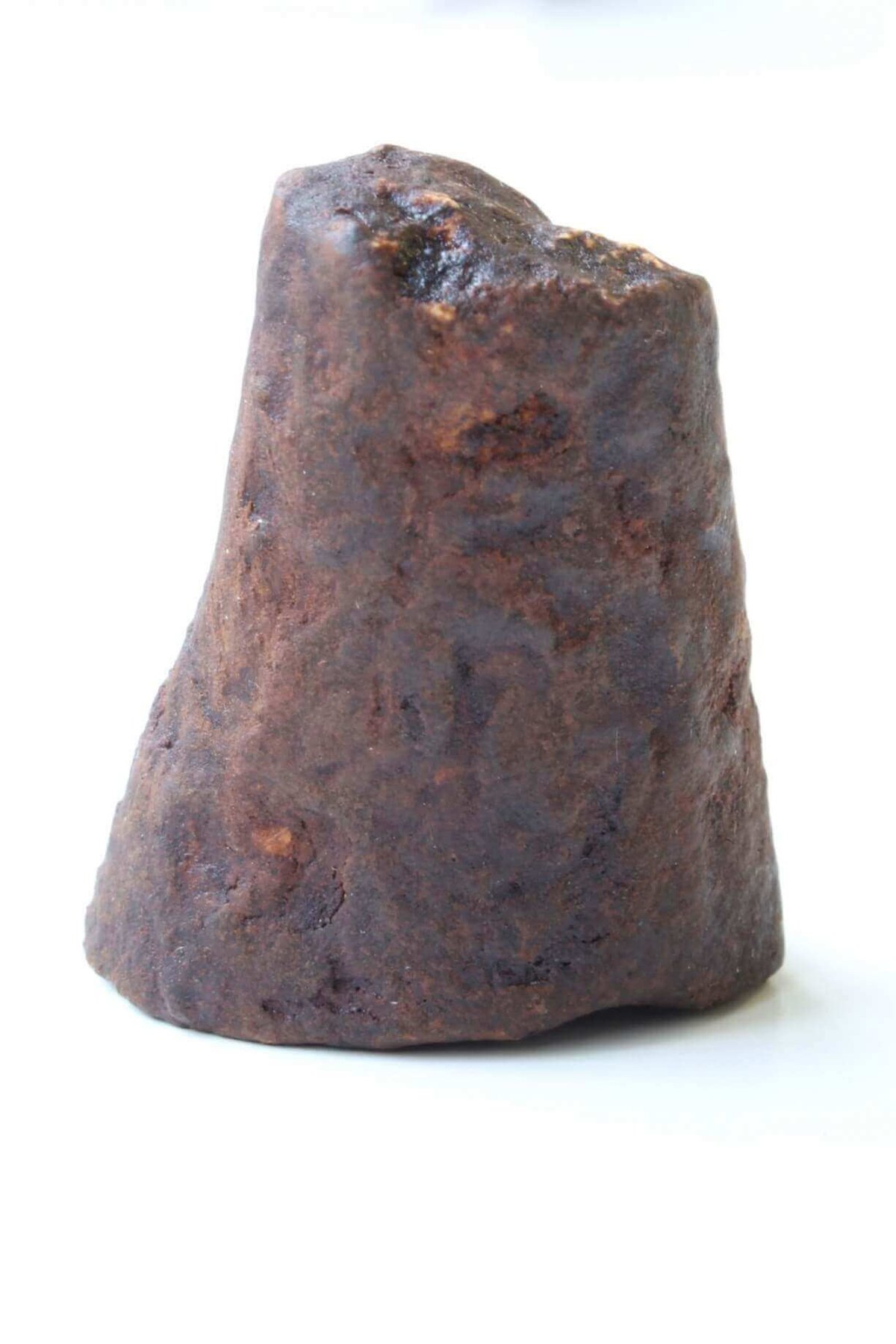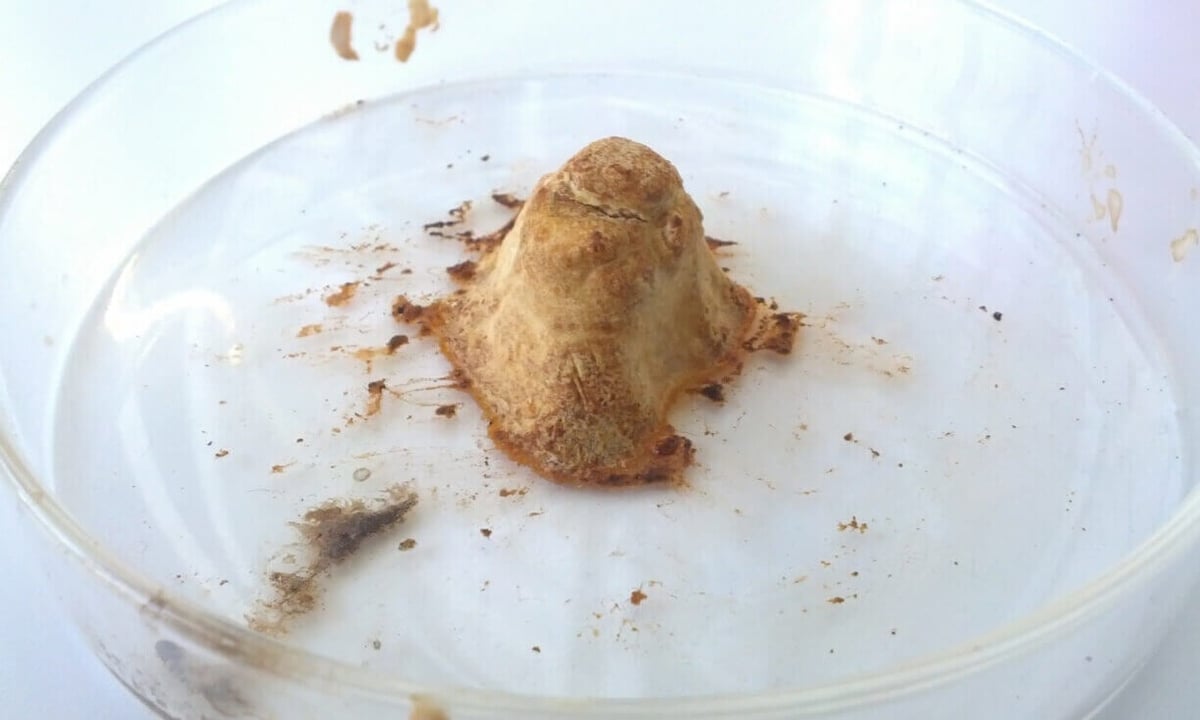Biotech startups want to develop 3D printed rhino horns to sink the illegal trade in ivory. Can this crazy plan work, or will it cause more harm than good?
The illegal trade in ivory is cruel and inhumane, and the problem is growing year-on-year. But poachers may soon have to think twice before stalking a rhino. Plans are afoot by several biotech startups to 3D print a synthetic substitute that’s biologically identical to the real thing. By flooding the market with a cheaper alternative, it’s hoped the profit incentive for this criminal activity will collapse.
One such startup is called Pembient, which sprang from the startup accelerator indie.bio, and their plan is to offer 3D printed rhino horns and ivory, amongst other substances. According to their website: ”Our goal is to replace the illegal wildlife trade, a $20B black market, the fourth largest after drug, arms, and human trafficking, with sustainable commerce.” Another startup called Rhinoceros Horn LLC, based in Portland, Oregon, attempted in December 2012 to fund the marketing of a new, ethically sourced keratin protein product via the crowdfunding site IndieGoGo.
But even if a synthetic replacement is considered ‘ethical’, will 3D printed rhino horns really put a stop to the lucrative black market?
Rhinos face complete extinction

What is known for certain is that action must be taken. Last year, 1,215 rhino kills were registered in South Africa alone. That’s three rhinos per day. Every 8 hours, a majestic rhinoceros was murdered and the species bought closer to extinction.
Current anti-poaching efforts focus on removing the horns of wild rhinos altogether, to discourage the killing of those specimens. The ivory is then destroyed by burning it. But one consequence is that poachers, angry about going to the trouble of catching a rhino without their valuable horns, have been known just to kill them anyway as an act of revenge. So this in turn necessitates the use of armed personnel to follow the herds to try and protect them.
Overall, there has been an increase of 4,650 percent in the number of rhinos poached in the last five years. Animal conservation organisations predict the complete extinction of the species if this trend can’t be reversed. International law completely banning any trade with rhino horn has made virtually no impact. Rhino horn is still smuggled into South East Asian countries, where the demand in Asia is growing as the economy is booming. Traditional Chinese Medicine has a long history of using exotic wildlife for remedial purposes, despite their usefulness having absolutely no basis in science.
How are 3D printed rhino horns made?

Rhinoceros horn is made from keratin, which is also the main component of hair, fingernails, and animal hooves. There is no bone tissue, which makes it easier to reproduce via bioprinting. ”(We produce) the exact type of keratin that makes up rhino horn provided in an identical manner to how people currently use it,” says Dr. Rob Kelly, working with Rhinoceros Horn LLC, “satisfying this market demand in an ethical and sustainable way.”
Pembient is taking this a step further, not only offering the horn in a powdered form like Rhinoceros Horn LLC, but as a 3D printed biological product that is indistinguishable in look and feel from the real thing. “If people like the product they should be able to enjoy it without harming any animals. There is room for better, bio-identical substitutes,” says Matthew Markus, co-founder of Pembient.
Rhinoceros Horn CEO, Huyen Hoang, agrees: “By offering an ethical alternative that is exactly what rhino horn consumers expect, we are hoping to satisfy the demand for rhino horn in China and Vietnam and spare the rhinos.”
What is not being proposed, it should be added, is a way to append a 3d printed rhino horn to those wild rhinos that have fallen victim to poachers and survived the ordeal.
Unintended consequences

In scientific terms, what these companies are promising sounds plausible. But can artificial rhino horn really reduce the incentive for poachers to kill rhinoceros in India and South Africa? Rhino horn is an important status symbol for the people who buy it, costing a whopping $60,000 per kilogram. In a survey of 500 Vietnamese rhino horn users conducted by Pembient, less than half said they would use a lab-made substitute.
Elsewhere, how will the anti-poaching lobby react? Far from embracing the idea, anti-poaching activist groups have thrown up their hands in horror.
“The road to hell is paved with good intentions. My hat’s off to these guys for sticking their necks out and trying to do something, but they should sit down with the people in the country who are experts on consumers and talk these things through,” says Crawford Allen, senior director of wildlife trade monitoring organisation TRAFFIC.
The danger is that the production of synthetic rhino horn will have an opposite effect from the intended purpose. By appearing to acknowledging the medicinal value of the horn (of which there is none), it could stimulate the demand even further. Finally, if synthetic and natural horn are truly indistinguishable, then synthetic horn could easily be used as a smokescreen for illegal trade, where contraband enters the legal supply routes.
Regardless, Pembient is pushing ahead with their plans to produce 3D printed rhino horns. Time will tell if their endeavours are successful. For the sake of the continued existence of the wild rhino, it is hopeful they succeed.
Image source: Chicago Tribune
License: The text of "3D Printed Rhino Horns to Deter Ivory Poaching?" by All3DP is licensed under a Creative Commons Attribution 4.0 International License.